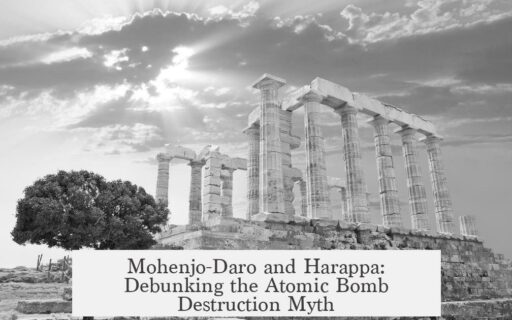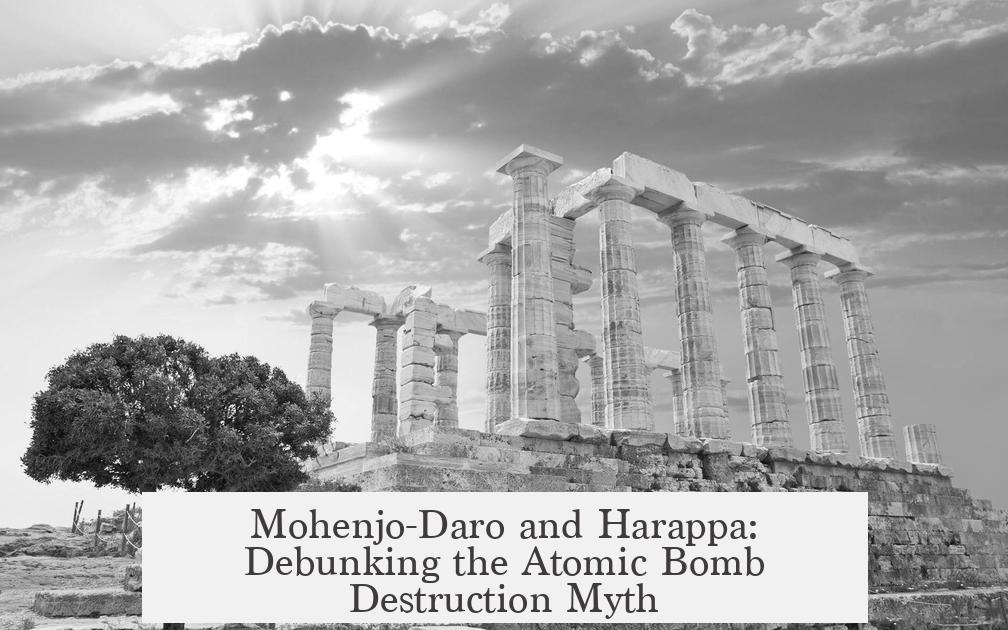The idea that the ancient civilizations of Mohenjo-Daro and Harappa were destroyed by an explosion similar to an atomic bomb does not imply they had technology comparable to modern nuclear weapons. Extensive archaeological research and scientific examination provide no evidence supporting the hypothesis of a nuclear explosion or any large-scale blast of that nature at these sites. The decline of these ancient cities is better explained by natural and gradual causes rather than sudden catastrophic events involving advanced technology.
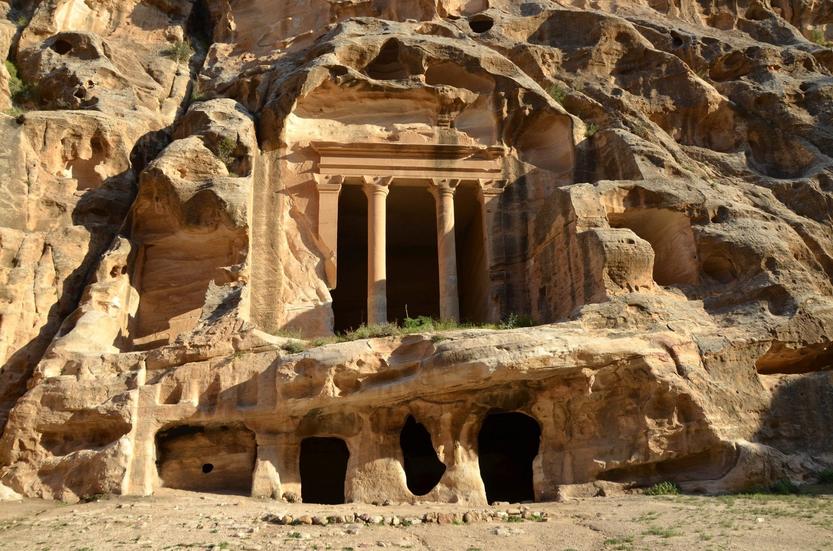
Many natural phenomena can cause significant destruction in ancient settlements. These include tectonic movements, volcanic eruptions, and asteroid impacts. Such explanations are more consistent with Occam’s Razor, which favors simpler, evidence-based causes over unlikely ones such as prehistoric nuclear explosions.
Claims of nuclear-like destruction often cite supposed radiation or bodies found in the streets. However, scholarly archaeological reports show no evidence of unusual radiation levels at Mohenjo-Daro or Harappa. The idea that bodies remain exposed in streets is also misleading. Excavations reveal that the dead were intentionally buried, sometimes in areas that later filled with sediment. These burials reflect normal practices, not signs of mass death from explosions.
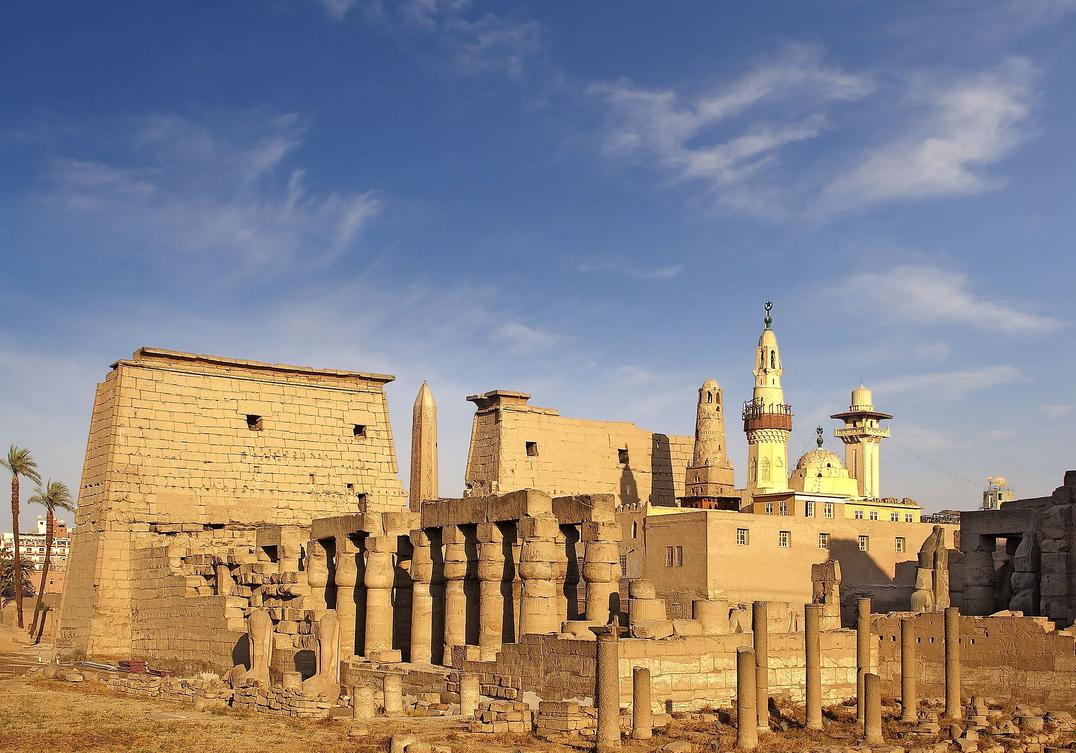
The technical feasibility of nuclear weapons in the Bronze Age is negligible. Developing such devices requires complex scientific knowledge and infrastructure, absent in these civilizations. Scholars consider the theory of ancient nuclear technology to be preposterous for many technical reasons, including the lack of materials and technological expertise recorded in the archaeological record.
The decline of the Indus Valley Civilization occurred over centuries. Mohenjo-Daro, for example, shrank in size but remained inhabited for a while. The leading theories attribute its gradual abandonment to environmental changes such as altered rainfall and river patterns, resulting in water shortages. This slow process contrasts sharply with the sudden and intense destruction expected from a nuclear explosion.
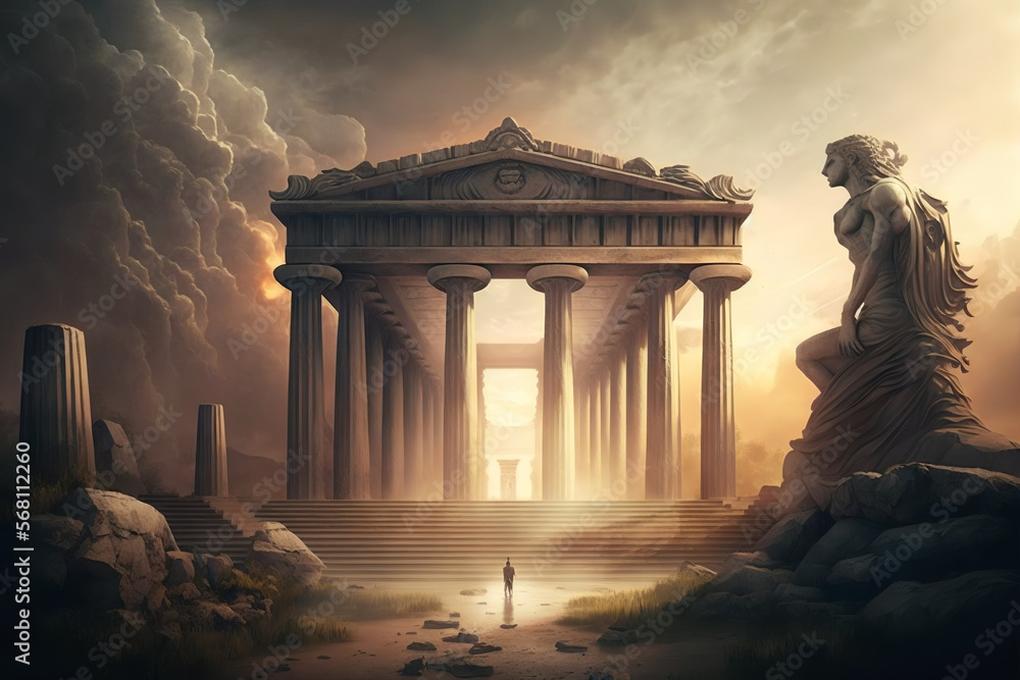
- No archaeological or scientific evidence supports nuclear explosions at Mohenjo-Daro and Harappa.
- Natural disaster and environmental changes provide more plausible explanations for decline.
- Burials indicate normal death practices, contradicting claims of mass deaths in streets.
- Developing nuclear weapons requires advanced technology absent in ancient times.
- Decline of these cities was gradual, not caused by sudden catastrophic explosions.
Did Mohenjo-Daro and Harappa Fall to an Atomic Bomb-Like Explosion? Unpacking the Myth vs. Reality
If the ancient civilizations of Mohenjo-Daro and Harappa were destroyed by an explosion similar to an atomic bomb, wouldn’t that mean they had technology akin to ours? It’s a captivating question, and it sounds like the stuff of science fiction or blockbuster films. But when the dust settles and facts are examined, the reality is quite different, and far less explosive—literally.
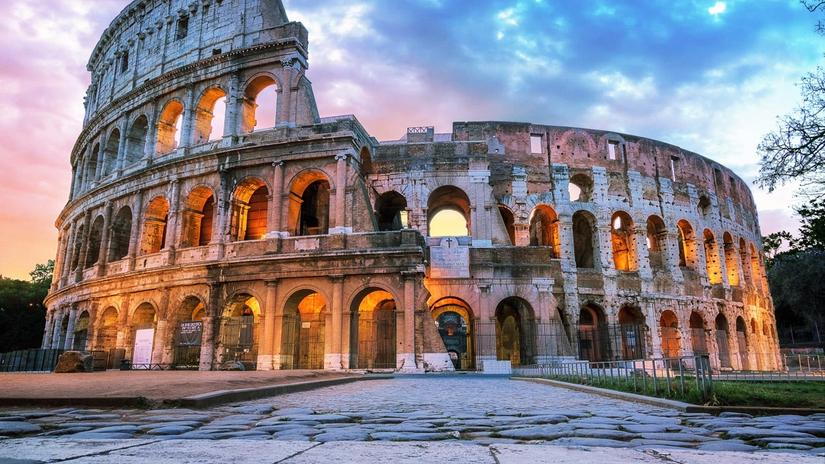
Let’s dive into why the idea of prehistoric nuclear technology is not only unlikely but unsupported by credible evidence, and what really happened to these ancient cities.
The Explosive Hypothesis: Natural Destruction or Nuclear Blast?
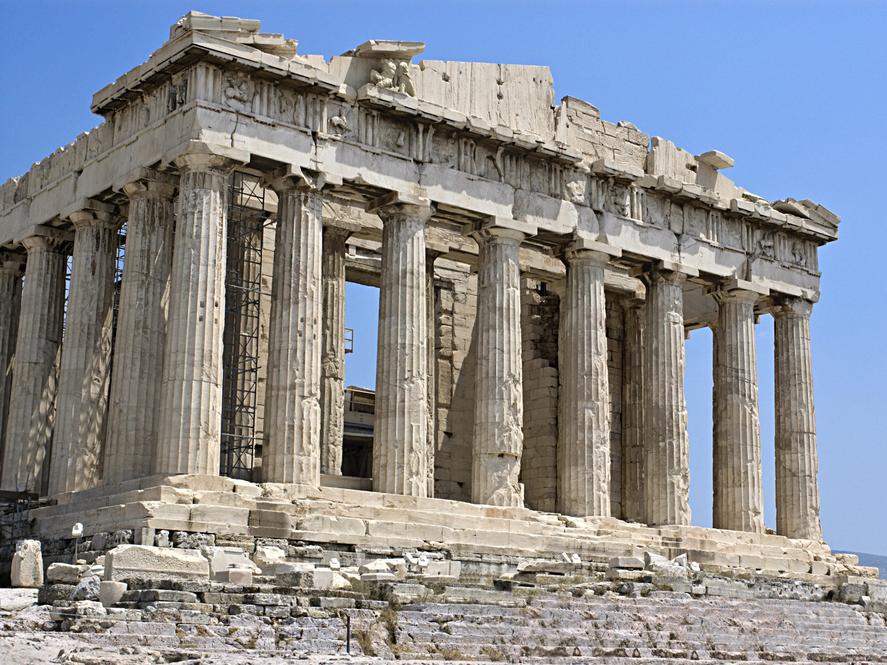
The theory that Mohenjo-Daro and Harappa were wiped out by something resembling an atomic explosion has a certain dramatic flair. Yet, it’s important to ask: what evidence supports this?
First off, there are many natural phenomena that can cause widespread destruction without a nuclear bomb in sight. Earthquakes, volcanic eruptions, or asteroid impacts have destroyed entire ancient cities before. As Occam’s Razor advises, the simplest explanation usually holds—the destruction likely came from natural events, not a prehistoric nuclear war.
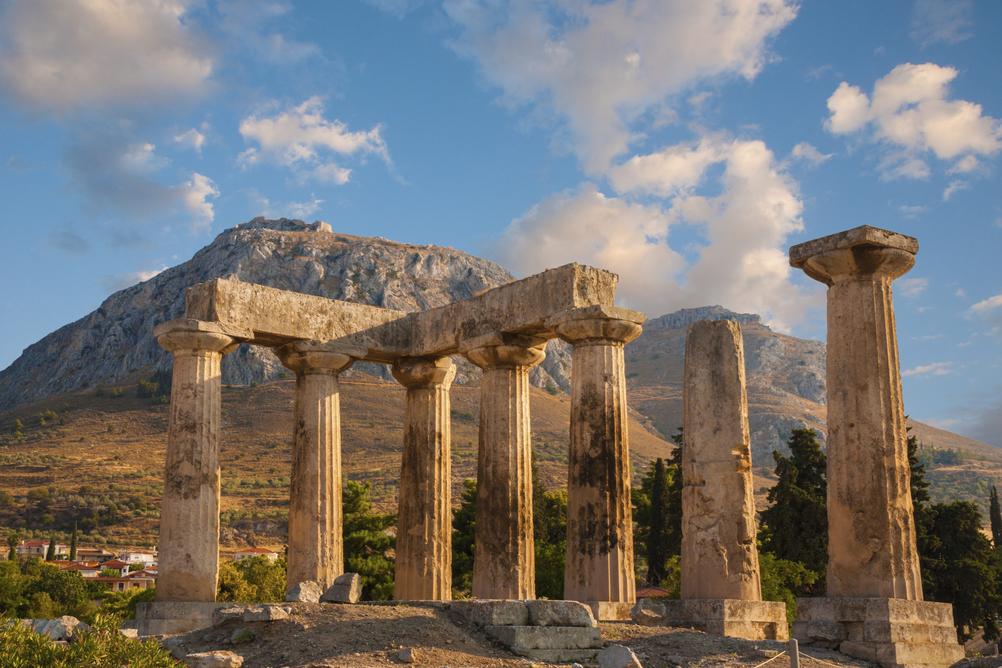
In fact, nothing uncovered at these sites points to an explosive event typical of nuclear weapons. Archaeological studies show no signs of high-temperature blast damage or residual radiation expected from such a detonation. This means that the supposed “atomic explosion” is more myth than fact.
Where’s the Radiation? Spoiler: It’s Not There
The narrative of ancient nuclear blasts often includes claims of unusual radiation levels at these sites. Here’s the kicker: no credible archaeological paper or research confirms this.
“No archaeological paper describing the site mentions such radiation. This claim appears to be an invention by pseudo-historians.”
If there were indeed radioactive residues, it would be headline news among scholars and researchers. But such evidence is absent. If you hear someone claim radiation was found at Mohenjo-Daro or Harappa, ask them for a scholarly citation. Chances are, they won’t have one.
The Implausibility of Nuclear Technology in Prehistoric Times
Could the Indus Valley Civilization have developed something akin to nuclear weapons? Simply put, no.
This idea is considered technically preposterous. Building nuclear technology requires not just knowledge of physics, but also access to special materials like enriched uranium or plutonium, advanced engineering capabilities, and stable industries—none of which existed 4,000 years ago.
Experts and skeptics have pointed this out extensively, reinforcing that it’s excessive to attribute such advanced technology to pre-modern societies without rock-solid proof. It’s like expecting a caveman to pilot a spaceship—fun to imagine, but wildly unrealistic.
What About the Bodies Found in the Streets?
Another popular belief is that bodies were left dead in the streets, preserved as if caught in some sudden catastrophe.
Truth is, the dead were not abandoned in the open. Archaeological research shows they were carefully buried, even in areas that once formed streets. Many of these burial sites date from a later time, after the cities began to decline.
“The bodies found ‘in the streets’ seem to be from a later time and buried in old courtyards and streets that had partially filled in with sediment.”
This indicates a community still tended to the dead, which contradicts the image of a city instantly destroyed by a devastating blast.
Mohenjo-Daro and Harappa’s Decline: Slow Fade, Not Sudden Boom
The overall decline of the Indus Valley Civilization appears gradual—not catastrophic. Mohenjo-Daro shrank in size over time but was still inhabited for years after its peak. Why did this happen?
The leading explanation revolves around environmental change. Shifts in rainfall patterns and the Indus River’s course likely created water shortages, slowly making life harder for residents.
Instead of sudden destruction, these water challenges nudged the cities into abandonment over decades and centuries.
Want to Learn More? Scholarly Resources for the Curious
If this topic fascinates you, consider digging into these respected texts:
- Ancient Cities of the Indus Valley Civilization
- The Indus Civilization: A Contemporary Perspective
- The Ancient Indus Valley: New Perspectives
These books provide detailed archaeological insights and counter myths with facts. They’re your best bet for separating sensational fiction from real history.
Final Thoughts: Why Does This Myth Persist?
The idea that an ancient civilization could unlock nuclear technology is undeniably intriguing. It sparks the imagination and adds mystery to lost worlds.
But history demands evidence, and so far, no such evidence connects Mohenjo-Daro or Harappa to atomic destruction or advanced nuclear tech.
Wouldn’t it be awesome if our ancient ancestors were part-time nuclear scientists? Absolutely. But until somebody finds a uranium-enriched artifact or a Stone-Age reactor blueprint, it’s safest to assume these stories are creative fiction.
Instead, appreciating the true achievements of the Indus Valley Civilization—their urban planning, metallurgy, script, and societal organization—is way more rewarding and impressive without adding unproven hype.
So, next time someone tells you Mohenjo-Daro was wiped out by an “ancient atomic bomb,” you’ll have the facts—and maybe a little grin—to set the record straight.
